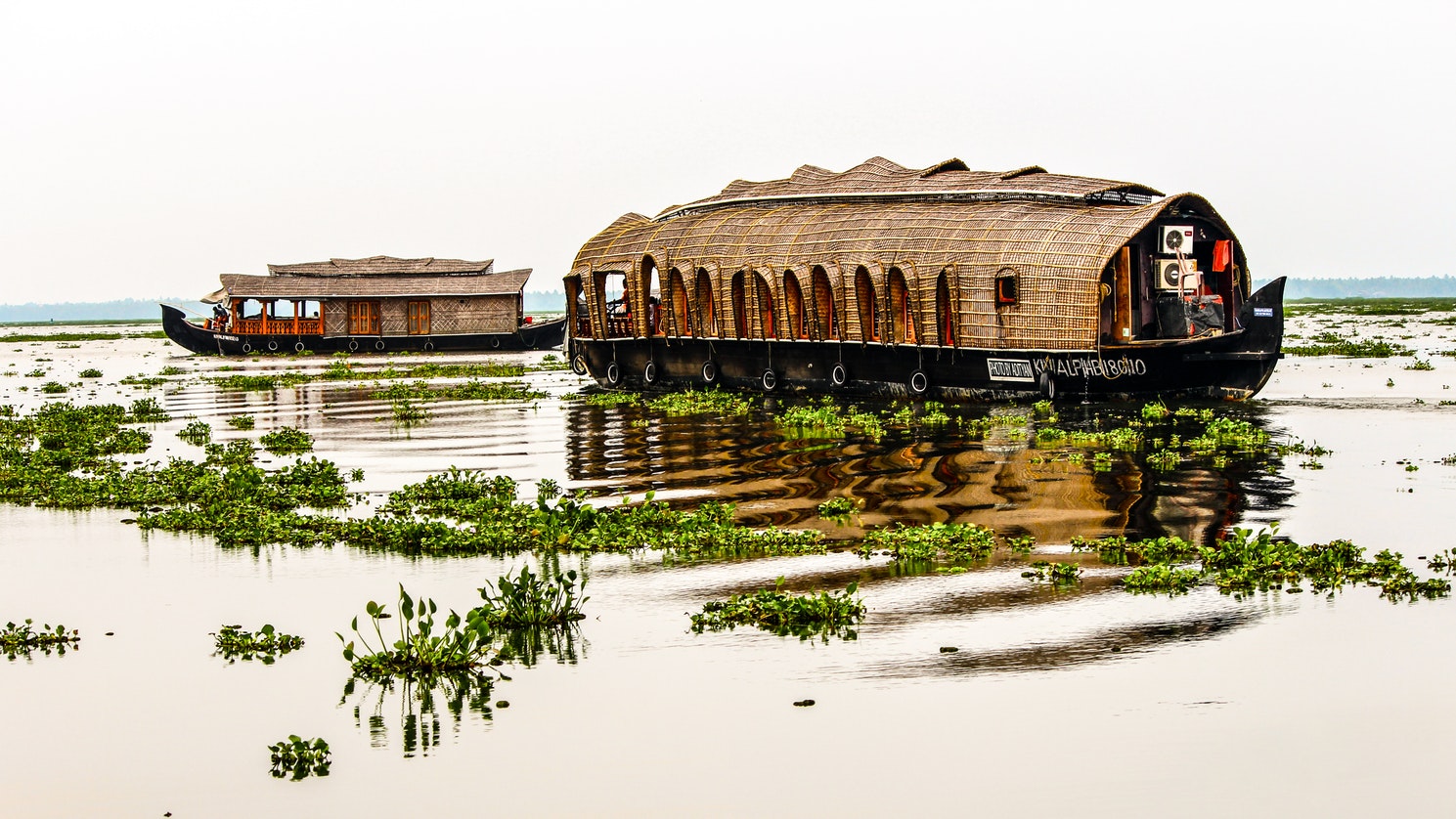Srinagar is the largest city in the Indian state of Jammu and Kashmir. It lies on the banks of the Jhelum River in the Kashmir Valley. It is the northernmost city of India famous for its lakes and houseboats which are among the major tourist attractions. The serene Dal Lake houses a bright array of houseboats that makes for a colourful scene and an apt romantic place.
The houseboats of Srinagar are made of cedar wood of Jammu and Kashmir, the most durable wood. The houseboats have become the heritage of the valley. A standard houseboat has two, three or four bedrooms with attached bathrooms, and a balcony. These unique houseboats have today become an essential part of Srinagar’s tourism industry.
The city offers mouth-watering delicacies. The Dal lake is among the most popular lakes in India. The Shikara Ride on Dal Lake is one of the memorable experiences one can have at Srinagar.
Following is a brief introduction of places in and around Srinagar, one must know before visiting Srinagar:
- Dal Lake: It is undeniably the jewel of Srinagar. It is spread over 26 sq km and is also the most sought-after of attractions in Srinagar.
- Mughal Gardens: The gardens built in the Mughal era. The most prominent feature of the gardens is long stretches of its cascading fountains.
- Shalimar Bagh: Shalimar Bagh exhibits the craftsmanship of Mughals in horticulture.
- Nishat Bagh: Nishat Bagh is fondly known as the Garden of Joy and has well-manicured landscapes and rare flowering plants.
- Char Chinar: Dal Lake has an island that houses ancient and beautiful Chinar trees.
- Shikara Ride: The prime reason why people come to Srinagar.
- Indira Gandhi Memorial Tulip Garden: The garden has lines of tulip cultivation in every possible colour.
- Shankaracharya Temple: This is an age-old temple situated at the height of about 1100 feet.
- Wular Lake: India’s largest freshwater lake and home to several species of birds.
- Yusmarg: Yusmarg is an undisturbed landscape and a wonderful hill station, now connected by right motorable road.
- Tarsar Marsar Trek: Located on Aru Valley, the trail of Tarsar Marsar Trek is adorned with a variety of landscapes.
- Nehru Garden: The garden provides the best view of the Dal lake.
- Challi Point: Challi Point is one of the most popular places in Srinagar, having Dal Lake in the backdrop.
- Hazratbal Shrine: Very sacred Muslim shrine in Hazratbal. The shrine offers a great view of the lake and the mountain beyond.
- Jamia Masjid: Jama Masjid is the oldest and the biggest mosque in Kashmir.
- Chashm-E-Shahi: The garden consists of a pavilion and a natural spring that flows through it.
- Khanqah of Shah Hamdan: It is built on the banks of Jhelum River in Srinagar. It is bustling with people on the sixth day of Dhul-Hajj.
- Dachigam National Park: The park is a habitat for many species of wildlife.
- Sri Pratap Singh Museum: The museum is home to ancient terracotta heads dating back to the 3rd century.
- Pari Mahal: It was a Buddhist monastery and then served as a school of astrology. A well-laid spacious garden surrounds Pari Mahal.
- Nagin Lake: Nagin Lake has calm waters and is known as the ‘Jewel in the Ring’.
- Anantnag: The commercial capital of Jammu and Kashmir, Anantnag is filled with hot springs, lakes, temples and shrines.
Visit the above places while you are visiting Srinagar.
